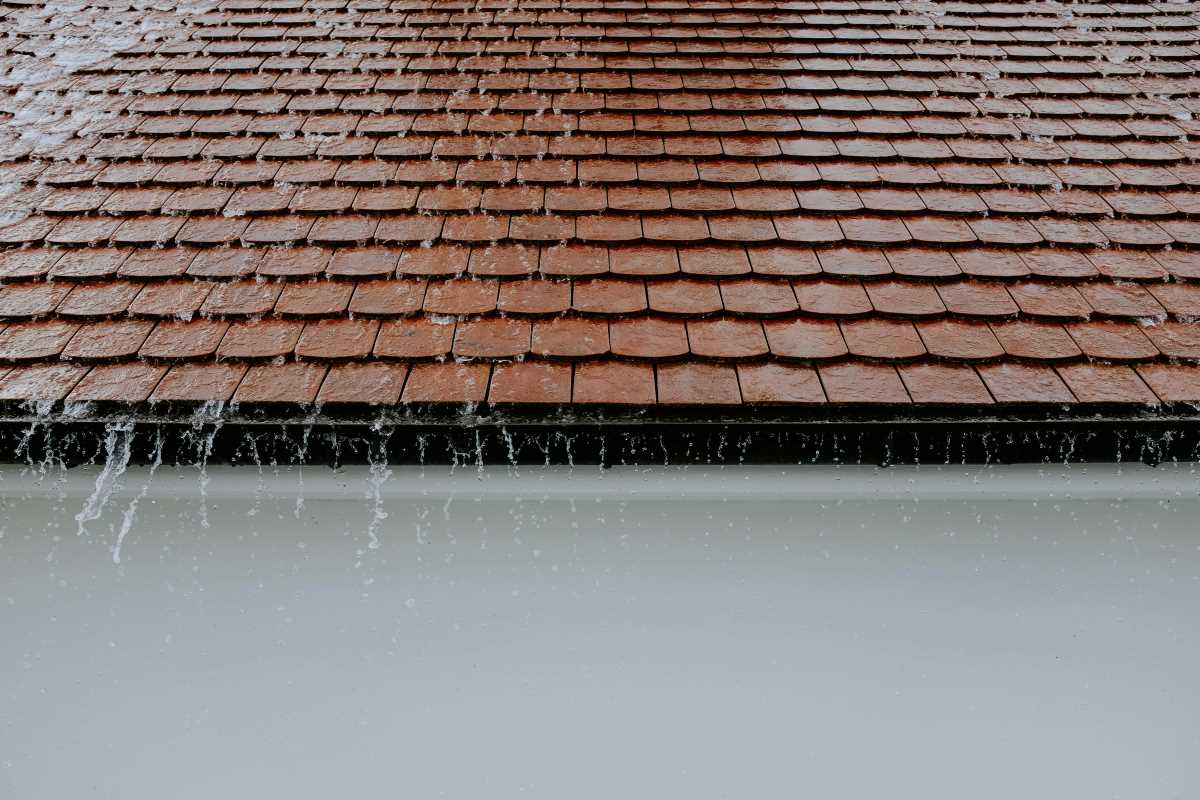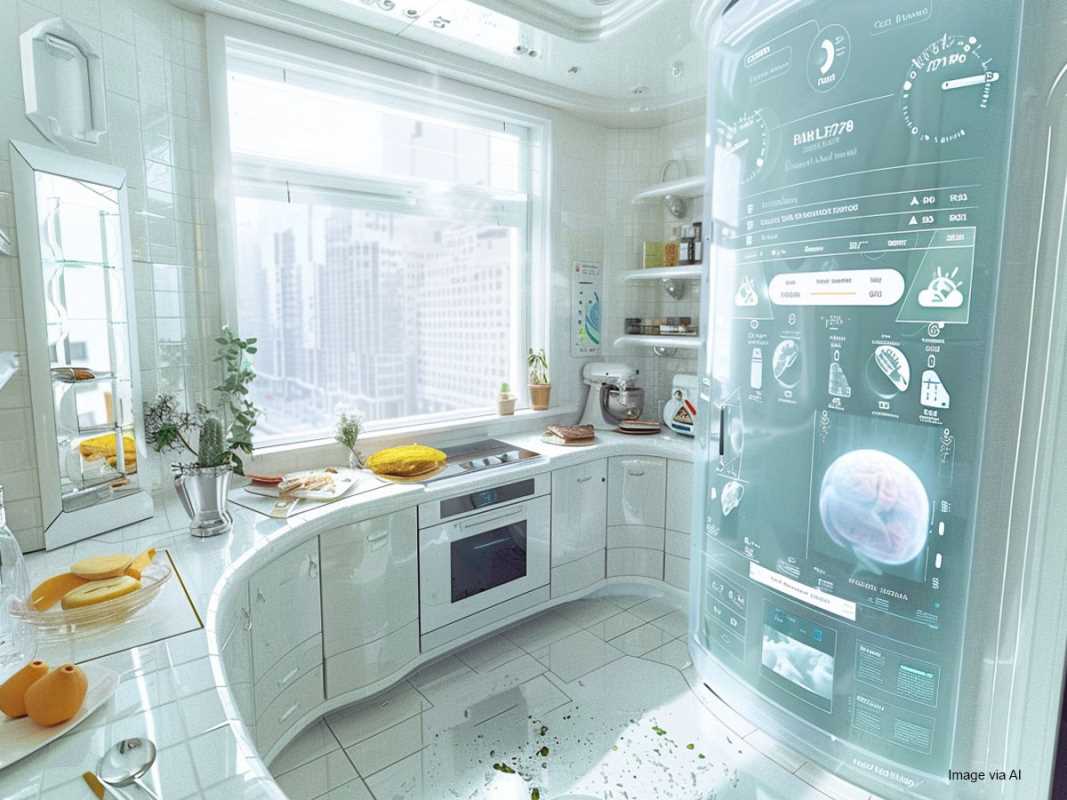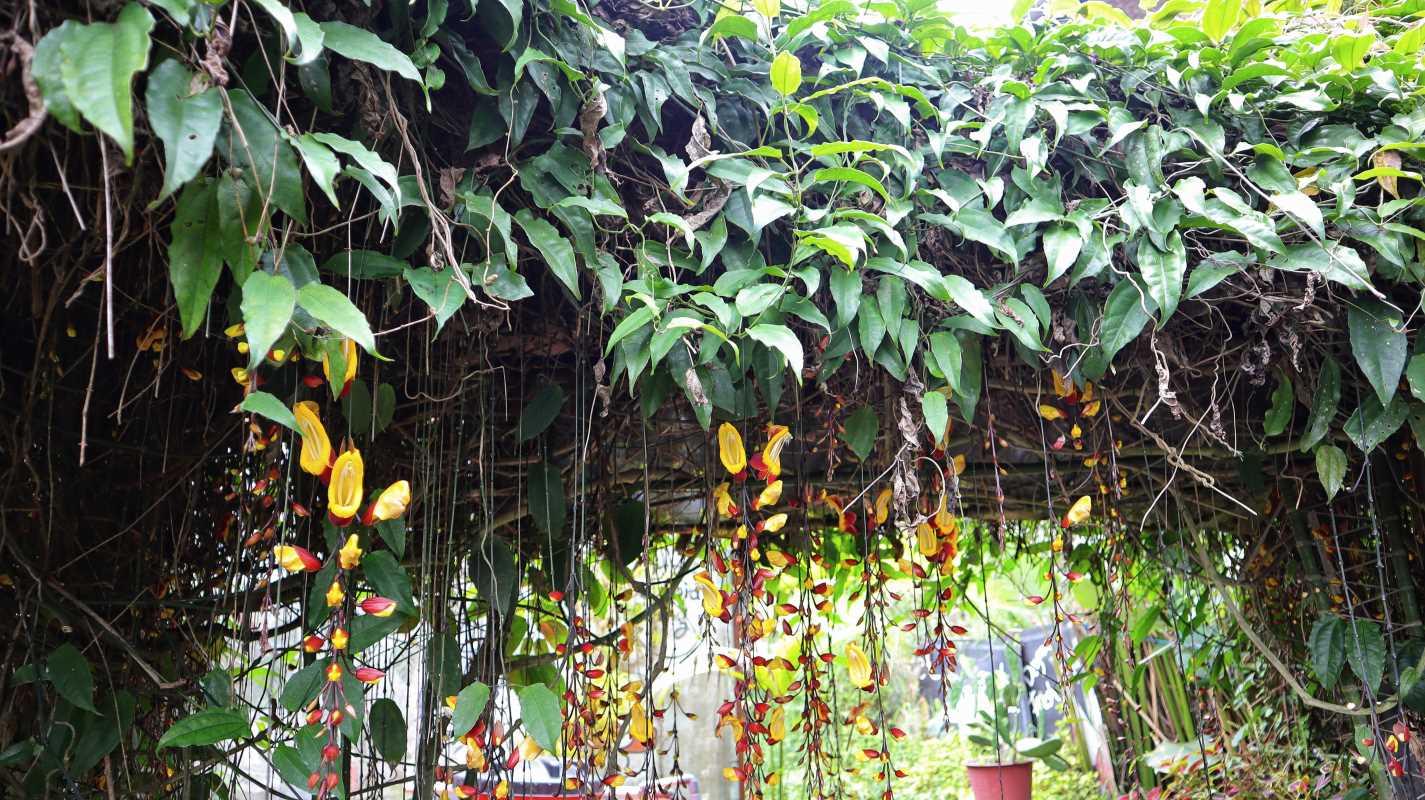Homeowners looking to save on water usage and cut down on utility costs will find rainwater collection systems to be an effective solution. These systems capture and store rainwater, which can then be utilized for a variety of purposes such as watering the garden, flushing toilets, and even taking care of everyday household tasks, depending on the system's configuration. For those who prioritize eco-friendly living, integrating a rainwater collection system seamlessly into the home's design isn't just practical—it's also a statement. Not only does it add an aesthetically pleasing element to the property, but it also highlights a genuine commitment to environmental responsibility.
Step 1: Assess Your Home’s Aesthetic
Before diving into the installation of a rainwater collection system, understanding your home's current design and architectural style is crucial. This assessment ensures that the system you choose complements rather than clashes with your home's appearance.
Consider the following elements when evaluating your home's aesthetics:
- Color scheme: Match the system’s colors with your house's exterior palette.
- Architectural style: Ensure the system aligns with styles like modern, traditional, or rustic.
- Material choices: Use materials that blend with existing fixtures, such as metal, wood, or stone.
- Garden and landscape: Incorporate the system into your outdoor design elements for a harmonious look.
Step 2: Choose the Right Collection System
Selecting the appropriate rainwater collection system plays a pivotal role in achieving both functionality and aesthetic appeal. Different systems offer varying levels of visibility and integration possibilities.
- Rain Barrels: Simple and cost-effective, rain barrels work well for smaller setups and homeowners can paint them to match the home's exterior.
- Underground Tanks: These systems remain hidden from view, preserving the visual integrity of your landscape.
- Custom Storage Solutions: Integrate storage units into existing outdoor furniture or structures for a seamless look.
- Green Roof Systems: These integrate vegetation with water collection, enhancing the home's natural aesthetic.
Step 3: Design with Aesthetics in Mind
Integrating the rainwater collection system into your home's design requires thoughtful planning. The goal is to make the system an invisible yet functional part of your household infrastructure.
Start by positioning the collection units in areas that are less noticeable, such as behind existing garden structures or along the sides of the house. Use decorative covers or enclosures that match your home's materials and colors. Consider incorporating plants or vines around the system to further disguise it and enhance the overall garden appeal.
Step 4: Installation Process
Installing a rainwater collection system involves several key steps to ensure both functionality and aesthetic harmony. Start by assessing your roof's catchment area and determining the optimal placement for gutters and downspouts to maximize water collection. Next, assemble your chosen system according to the manufacturer's instructions, making sure all components connect securely. Finally, position the storage units in their designated spots, ensuring they remain level and stable.
Step 5: Maintenance and Upkeep
To keep your rainwater collection system functional and attractive, regular maintenance proves essential. Proper upkeep ensures the longevity of the system and prevents potential issues that could disrupt its integration with your home’s aesthetics.
- Regularly clean gutters and downspouts to prevent blockages.
- Inspect storage tanks for leaks or damage and address them promptly.
- Trim surrounding vegetation to avoid overgrowth that could conceal maintenance access.
- Ensure filtration systems function correctly to maintain water quality.
Step 6: Enhancing Aesthetic Appeal
Beyond basic installation, numerous ways exist to elevate the visual appeal of your rainwater collection system. Incorporate decorative elements such as mosaic tiles, paint, or natural stone to make the system a feature rather than a hidden utility.
Integrate vertical gardens or climbing plants around the system to add greenery and soften the appearance of metal or plastic components. Consider lighting solutions that highlight the system during evening hours, adding both functionality and beauty to your outdoor space.
A well-integrated rainwater collection system enhances your home's beauty while serving its purpose. Embracing this sustainable practice benefits the environment and reflects a commitment to an eco-friendly lifestyle.
 (Image via
(Image via





